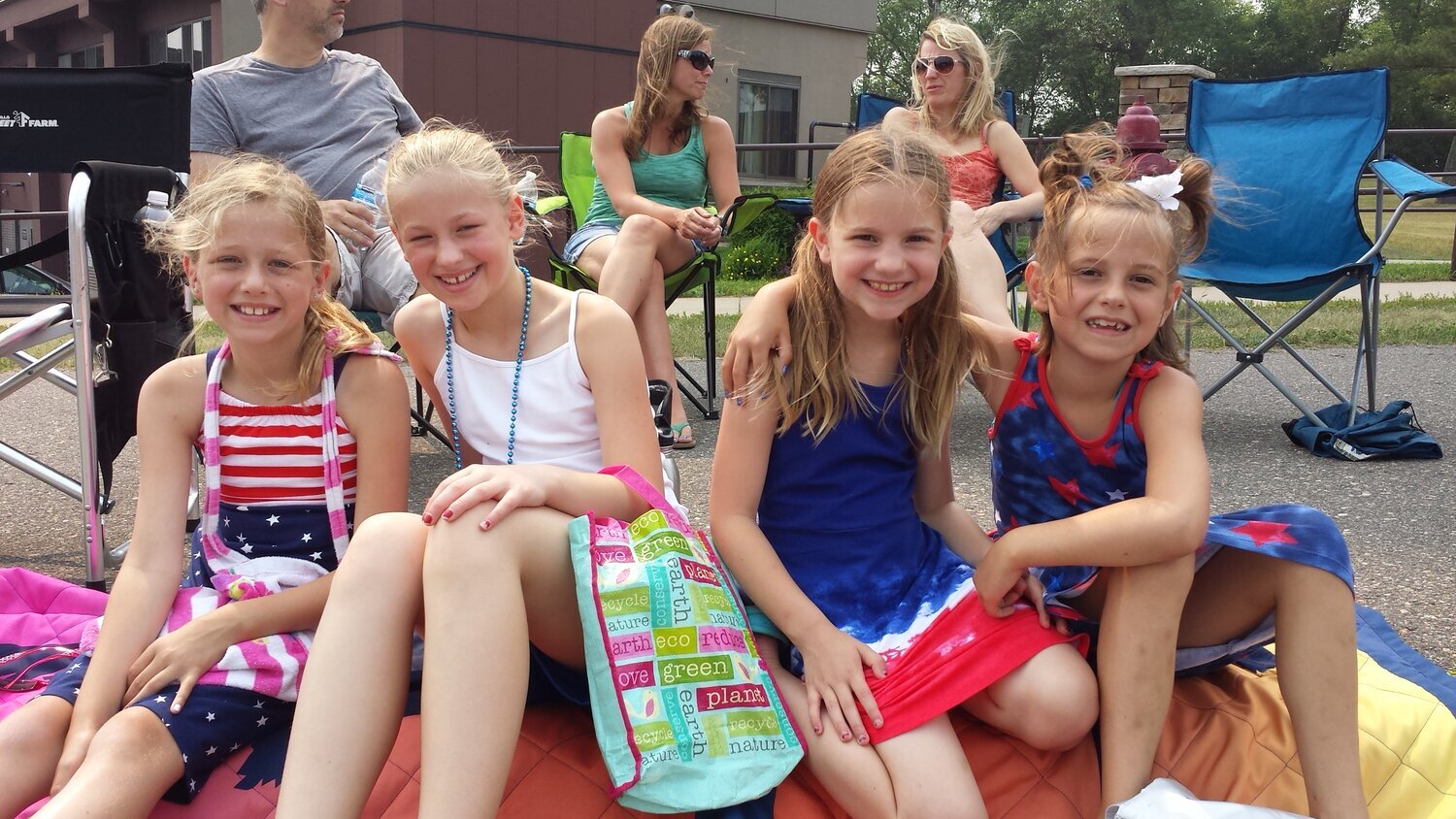My Neighborhood's Summer Experiment in Building a Strong Town
It’s mid-June and, here in my neighborhood in central Minnesota, things start to get a little crazy. For two or three glorious months, my neighbors start to embrace subtle aspects of a Strong Towns approach. They don’t admit it—if you ask them, it’s not what they are doing—but it is there for all to see.
First, there are all the new housing units. Gryffindor the dog and I have already noticed three on our regular walking route. None of these new units are permitted. None pay a sewer or water connection fee. None require new parking. They just appear, fully occupied with guests, friends, and essentially new neighbors.
The new homes are recreational vehicles. They are parked in driveways, in front yards, in back yards, and one is even parked in the street along the curb. They are clearly being lived in as they are fully anchored, often have their A/C units running, and sometimes have lights on (G and I are late-night walkers).
Nobody that I know complains about this new housing; it’s just part of the culture. It’s what we do. Yet, if one of my neighbors proposed turning their garage into an apartment for their mother-in-law or someone else wanted to rent out their spare bedroom as a studio apartment, people would lose their minds.
There would be complaints. There would be petitions. There would be hearings. And, ultimately, there would almost certainly be a denial of such a request, despite it being merely a different form (I would say, a better form) of what we all embrace in the annual welcoming of the RV units.
Arts in the park in Brainerd, MN.
This weekend we will celebrate Arts in the Park, the annual introduction of commercial activity to our residential neighborhood. It’s absolutely glorious. There are food trucks, commercial vendors, music, and even activities for the kids. Thousands of people will come and participate, even though they have to park blocks away and then walk, just to be part of it.
On any other day of the year, suggest that we have a food truck in the park, or anywhere else in the neighborhood, for that matter, and many people will go berserk. Same with any type of commercial activity, no matter how limited or neighborhood-friendly the scale.
My neighbors—nice, friendly Minnesotans, all of them—will show up at city hall and demand to be protected from commercial development. They will argue that they moved into a residential neighborhood so that there would be no commercial activity. They will say that the zoning code is supposed to protect their investment.
Never mind that a cool food truck on a summer afternoon would make living here awesome. And don’t consider that a hot chocolate vendor next to the winter skating rink would be the best. And, of course, let’s not imagine a neighborhood where I could get most of what I needed without having to drive out to the neighboring city’s big box stores. All of these things would make my neighbors’ “investments” (aka homes) go through the roof in value.
For nine months out of the year, I walk desolate streets along with a handful of others—mostly those who have no other choice. But for three months, all kinds of people are out and about. They bike. They walk. They create a presence that makes being in this neighborhood wonderful.
They create that presence despite a street design largely apathetic to their existence. In a sense, they overwhelm that design. Their large presence extracts a bit of humanity from what is otherwise a collection of despotic public spaces. I am so grateful for those moments.
We could have those moments year-round. Most of my neighbors think they could not walk in the winter, although they could. Their ancestors did.
And I do, as do a notable number of others. It’s quite beautiful.
Gryffindor approves of more dogs in the neighborhood.
So, I’ll take the three months and embrace them for the pleasant experience they are. Maybe we can stretch it to four months. Maybe someday to five or six. And maybe someday we’ll decide that we want to live a higher quality life all year through.
Maybe we’ll decide that it would be great to have twice as many people living in our neighborhood, and we’ll realize that we could even do that in ways that made things look nicer. In fact, making things nicer requires that we have a lot more people living in our neighborhood.
Maybe we will recognize that having food trucks and entertainment and even a little bit of commercial activity will only make living here all the better. And maybe we will see that we could spend a lot less money on moving cars quickly and storing vehicles and a touch more money making it easier to bike and walk, and that this would be good for all of our investments.
Maybe someday we will even recognize that we can spend a lot less money and have a much higher quality of life with a Strong Towns approach.







At the Table is a podcast that discusses how community-based ministries can contribute to the common good, and they recently invited Strong Towns President Charles Marohn to appear on an episode. Up for discussion: the Suburban Experiment and the role of religious institutions in community development.